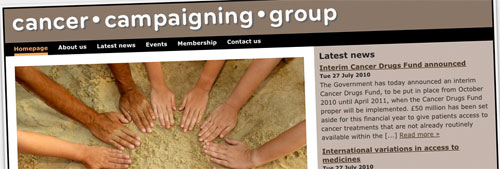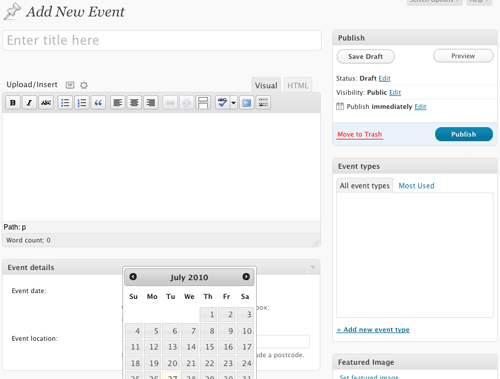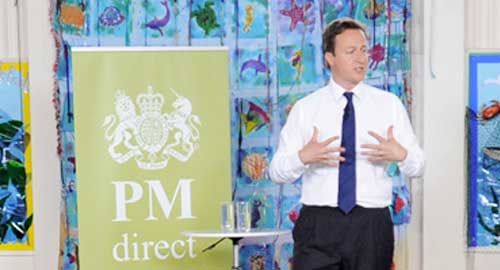Thanks, everyone for going easy during the month of August. I haven’t said much about why I took the time off, and don’t propose to: trying to maintain a distance between my private and professional lives. But one word of advice: don’t, under any circumstances, ask me if I enjoyed my ‘holiday‘. Totally the wrong word.
I haven’t been able to tear myself away completely from the technology: to do so these days would be almost impossible, especially when you run your own shop, especially when you’re its only employee. But putting ‘proper’ work on hold has allowed me to play with various things I wouldn’t otherwise have found time for.
Primarily to keep my pre-school daughter entertained one wet afternoon, I splashed out on a Polaroid Pogo mini printer. For £25 or thereabouts, you get a little unit roughly the size of your hand, which prints little colour stickers via Bluetooth. The quality’s so-so, the pictures are tiny, and like old-school Polaroid photos, the blank media is far from cheap… but there’s just something cute about it. I’m seeing plenty of potential uses in the business, not least printing my own custom laptop stickers. 😉
I’ve accepted that my first-gen Asus Eee netbook is now effectively disposable, and have started doing dangerous things with it. I’ve had two or three different flavours of Linux on it in the past month: currently trying Jolicloud. Its blurring of the lines between on-board and cloud-based apps doesn’t feel quite finished; but it’s a nice netbook-friendly front-end on Ubuntu, prettier than the official ‘remix’, and that’s good enough for the moment.
I’ve recoded the puffbox.com theme, although I doubt anyone else will notice. I’m planning a more thorough redesign of the site at some point, and the shift to the same CSS framework I’m using for all my client work these days will help, when the time (finally) comes.
And after much deliberation, I’ve switched my TV and broadband from Sky to Virgin. For roughly the same price, the Virgin package gave me 2-3x faster broadband, HD telly (although I remain to be convinced by it), big-screen iPlayer (etc) and the ESPN family of channels – worth having, as an ice hockey fan. But so far, it’s the 4000-odd music videos on demand which have been the unexpected pleasure of the package.
The work wheels started turning again a couple of days ago, and I’ve got a few very interesting projects in the works. Watch for a significant announcement early next week.


 I couldn’t help smiling at the
I couldn’t help smiling at the 